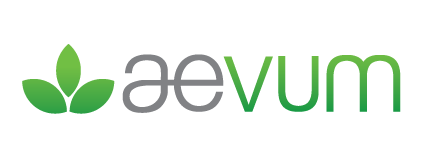Headache and migraine
Headache and migraine
Almost everyone in the Sutherland Shire has suffered from a headache and knows how debilitating they can be. Sometimes the headache can be caused by something as simple as being dehydrated but commonly it may be caused by stiffness in the upper joints of the neck or tension in the neck muscles, which is something we see frequently as a Physio treating headache and migraine. The top two joints in your neck C1 and 2, or Atlas and Axis as they are also known, contribute 50% towards your entire neck rotation. So when these joints are stiff your neck is going to have a hard time turning to each side. This will put more load on your lower neck joints as they try to do more of the work and it will increase the strain on the muscles as they have to work harder to turn your neck. This stiffness and tension can accumulate over a period of days, weeks or years due to posture, head position, stress, anxiety or even doing repetitive or sustained movements with your arms elevated – such as washing the car, cleaning windows or driving for long periods. All of which have become a lot frequent during COVID-19. When this is the case it is called a cervicogenic headache and your physio will be able to treat this and also screen you to rule out other more severe causes which require medical management.
Treatment
Treatment of this type of headache consists of relieving the tension in the joints of the neck through sustained pressure and gentle oscillation applied to the joints. A good sign that your neck is the cause of the headache is when applying pressure to the neck brings on your headache symptoms. This is because we are pressing on the sensitive area, but as the tension in the joint eases you will find your headache symptoms dissipating. We will also release the muscles in your neck and upper shoulder with massage and occasionally dry needling. This will help free up you neck for movement and reduce to compression on the joints. Frequently when looking at the muscles we find the shoulder blades are sloping downwards. This will put the muscles on top of the shoulder in a stretched position which makes it harder for them to do their job of holding the arms elevated and turning the neck. You may find the muscles feel very tight and tired when this happens. Stretching may provide some short-term relief for this but as the muscles are already lengthened we want to focus on strengthening them to increase their endurance and allow you to maintain certain postures for longer.
Migraine
Another common cause of pain and time off work is migraines. Migraines are caused by a nerve centre in the brainstem being triggered and activating different areas of the brain causing potential pain, altered sensation, nausea and sensitivity to lights and sounds. You might be thinking how physiotherapy can help with this? Well the nerve centre is located close to the top of your neck and tension in this area can essentially prime it to be triggered. Other factors such as hormones, stress, sleep pattern and smells also factor in to the sensitivity of this nerve centre and so it is helpful to try and work out what things can trigger your migraines so we can control them. Physiotherapy for this is similar to cervicogenic headache, where we release the tension in your upper neck to reduce to sensitivity in the area and decrease the pain. Though to fully control a migraine we have to pay attention to all the potential triggers.
Jono McLennan
Physiotherapist
